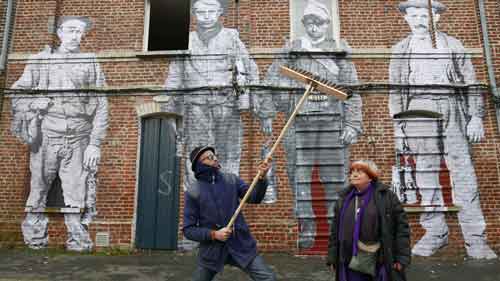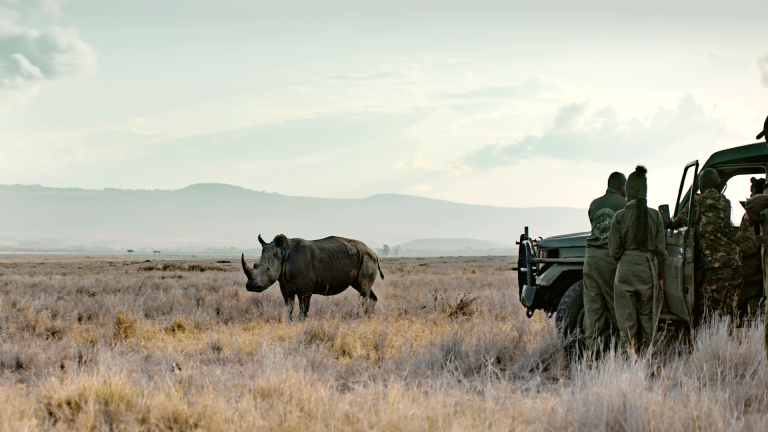One of the delights of the Oscars hoopla last year occurred not at the main ceremony but the Governors Awards, a side event in which industry veterans are celebrated by the Academy.
Angelina Jolie and Jessica Chastain stride out to the podium to announce the next honoree: 89-year-old Belgian filmmaker Agnes Varda. And so on to the stage bounces up Varda, whose pageboy haircut is a striking two-tone of grey and bottle-dye brown. She makes a breezy, joyful speech, and invites Jolie, in her heels a good head taller than the diminutive Varda, to take part in an impromptu dance. The moment, which quickly went viral, turned a piece of stiff ceremony into a playful spectacle. If you don’t know Varda’s work, this wasn’t a bad introduction.
Well, now there is an opportunity to get to know her even better. The BFI is at the start of a two-month retrospective of the filmmaker, from her early work in the mid-1950s to her enormously vivacious more recent documentaries. This week in cinemas throughout the UK is the re-release of her fiercely moving 1985 drama Vagabond. And the Liverpool Biennial is to host a new installation by Varda later in July.
That Biennial appearance marks the latest phase of Varda’s career: in her late 70s she reinvented herself as a multimedia artist. Varda, you sense, has never been unduly concerned with restricting herself to one field. She began as a photographer – and a keen eye and snapper’s curiosity about the world and people who live in it animates her work. But she switched to making movies as a young woman, directing in 1955 La Pointe Courte: a drama set in a working-class fishing village whose radical style anticipated the aesthetic earthquake of French New Wave cinema only a couple of years later.
Varda would come to be associated with that seminal film movement, with a set of largely male cohorts that included Francois Truffaut and Jean-Luc Godard (who himself had a film shown at Cannes this year). Cleo from 5 to 7 (1962), her exquisitely controlled and sensitive real-time study of a pop star contemplating her demise, is a New Wave masterpiece. But she’s also too restless and quicksilver a talent to be defined through membership to a single group of filmmakers, however historically significant.










